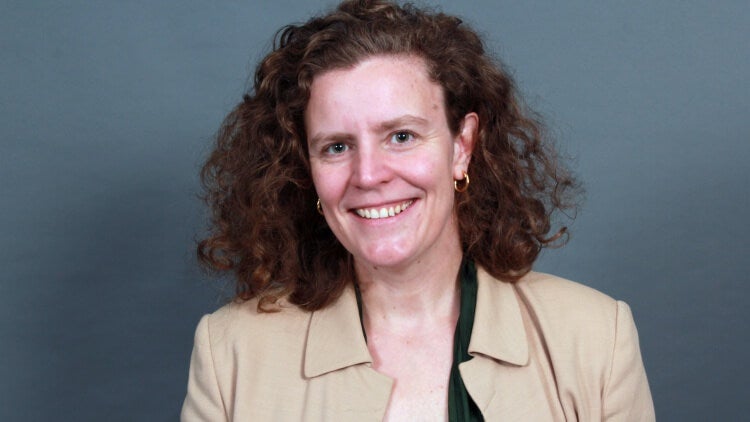
Learn how local governments can design better partnerships to implement community sustainability plans.
Integrated Sustainable Community Plans have exploded across Canada in recent years, from 27 plans in 2007 to more than 1000 plans today. Hearkening back to the Rio Earth Summit in 1992, these are the modern day versions of Local Agenda 21s: plans designed to address large-scale community-wide visions with integrated social, environmental and economic considerations. They are not projects local governments can take on alone, which is why a partnership approach is needed.
The “planning to implementation gap” is what IC3 member and School of Environment, Enterprise and Development (SEED) professor Amelia Clarke has been researching for more than ten years. Her current project Implementing Sustainable Community Plans looks at how local governments can best engage partners to implement Sustainable Community Plans and how to design those partnerships to ensure progress and meaningful outcomes. These multi-stakeholder partnerships can include businesses, non-governmental organizations, academic institutions, other levels of government, etc.
“Design matters,” stresses Dr. Clarke, Principal Investigator of a research team which includes Waterloo graduate students, several partner organizations and five academics from other institutions. “It’s one thing to have wonderful plans but the design of the implementation matters. The implementation design will make a difference on what you will be able to achieve.”
In an earlier phase of the study, Dr. Clarke’s team identified five key structural features for successful partnerships: oversight entity; partner engagement mechanism; community-wide actions (partners helping implement); monitoring & reporting; and communications. “In some ways when you say them, they are obvious,” she admits. “You should have monitoring and reporting; of course that’s relevant to achieving progress. But you wouldn’t believe the number of these initiatives that don’t necessarily put it in the implementation design.”
The importance of partnerships is also central to how Dr. Clarke disseminates her work. These five key structural features, for example, were detailed in a document she authored for the Federation of Canadian Municipalities (FCM) in 2012. FCM published and distributed the work through their conferences, webinars and networks. As another example, the results of the latest phase of her team’s study, an international survey of 111 local governments, was conducted in collaboration with the global NGO ICLEI Local Governments for Sustainability.
While data from the international survey is still being analyzed, preliminary results reinforce the importance of including partners in long-term implementation. Partners also have their own reasons for participating. “What we’re finding from the studies on partner outcomes,” Dr. Clarke says, “is that networking and learning are two of the main reasons they engage. So if you don’t have lunch & learns, or galas, or any acknowledgment events, and you just have them all implementing in their own corners, you’re going to lose them over time. Losing partners can mean less progress on implementing the sustainability plan.”
Dr. Clarke is attending the United Nations Conference on Housing and Sustainable Urban Development (Habitat III) in Quito, Ecuador this week to present the project results. The School of Environment, Enterprise and Development is an accredited organization at this important UN conference. Dr. Clarke presented at the Business Assembly (part of the official Habitat III program) on October 16 during the section on Partnering for Urban Sustainability and will be presenting at a parallel event hosted by the World Business Council on Sustainable Development and PwC on Achieving Sustainable Development Goals in Cities on October 18.
Habitat III is an excellent place for Dr. Clarke to share this work as the New Urban Agenda, the outcome document from conference, will guide global sustainable urban development efforts for the next 20 years. Partnerships, Dr. Clarke says, are known to be part of the solution. The New Urban Agenda – paragraph 153 in Means of Implementation section states:
"We will promote the systematic use of multi-stakeholder partnerships in urban development processes, as appropriate, establishing clear and transparent policies, financial and administrative frameworks and procedures, as well as planning guidelines for multi-stakeholder partnerships."
The research project led by Dr. Clarke provides insight on what these frameworks and guidelines should include. She explains: “It’s one thing to push partnerships and collaboration; it’s another thing to design them well.”
You can follow the action from the Habitat III conference online with #Habitat3 and #NewUrbanAgenda. You can follow Dr. Clarke at @DrAmeliaClarke and PhD student Eduardo Ordonez-Ponce (who is also at the UN conference) at @eordonezp.
Article extracted from Faculty of Environment News.